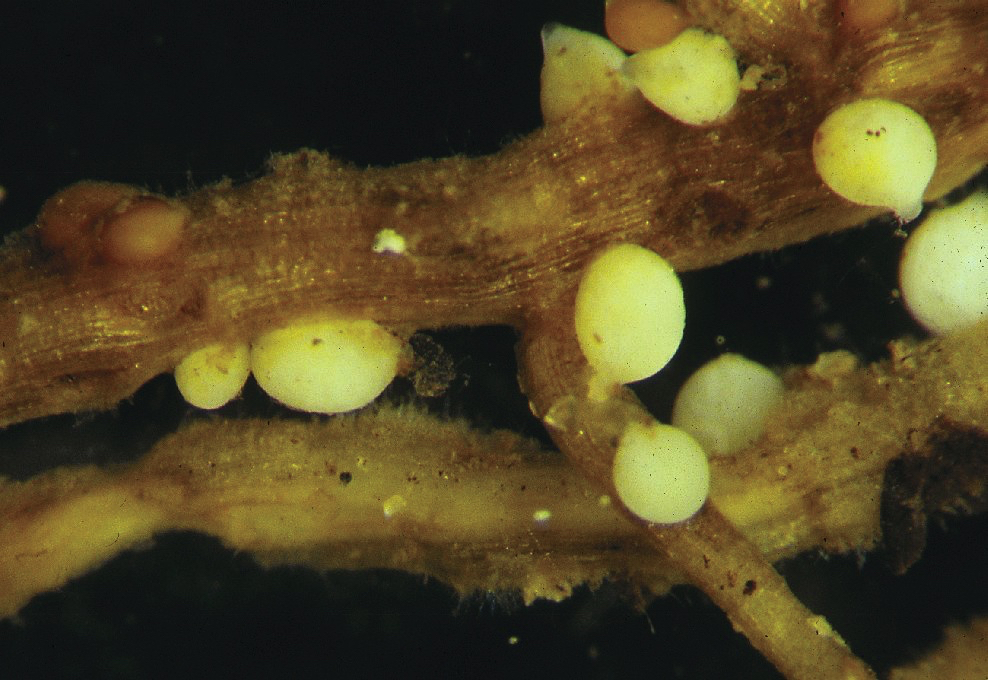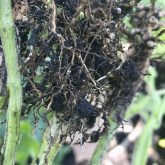Have you ever had a dry bean crop that looked healthy but resulted in disappointing yields? Have you seen stunted or yellowing patches, but could not identify the cause? If so, you may want to look for soybean cyst nematode (SCN).
Researchers in Ontario and the U.S. have shown that SCN is not just a soybean pest, it also reproduces on dry beans. SCN saps nutrients from the plant and can restrict root growth. There may or may not be visible above-ground symptoms when beans are infected with SCN.
Read Also

Producers aren’t panicking over tariffs and trade threats
The influence of tariff and trade uncertainity on farm business decisions.
The impact of SCN on dry beans depends on the market class and may also depend on the specific variety. Agriculture and Agri-Food Canada researchers planted 40 dry bean varieties in SCN-infested fields in 2010 and 2011, and about half had cyst counts similar to the SCN-susceptible soybean variety. These included cranberry, dark red kidney and white bean varieties. Other trials have shown that adzuki beans are very susceptible to SCN, more so than susceptible soybeans.
In general, kidney beans appear to be as susceptible to SCN as soybeans and adzuki are more susceptible. Black and white beans appear to be less affected by SCN than other bean types, although studies show variability across white bean varieties and few studies have been taken to yield. Cranberry beans have not been extensively studied to date.

Soybean cyst nematode is known to be present across southern Ontario, as well as in parts of central and eastern Ontario, which includes the regions where dry beans are grown. Producers should soil sample fields to determine their risk of yield loss. Soil samples taken for fertility can be split and submitted to labs for SCN assessment.
In August, carefully dig up plant roots and look for small pearl white or yellow cysts. The cysts will be smaller than nodules on the roots, and you may need a hand-held magnifying glass.
Management will include lengthening rotations and choosing a market class that can perform under SCN infection. As well, research is currently being conducted at the University of Guelph on the efficacy of seed treatments.
SCN-resistant dry bean varieties are currently not available.
Have a question you want answered? Hashtag #PestPatrol on Twitter to @cowbrough or email Mike at [email protected].
Meghan Moran is a Canola and Edible Bean Specialist, with the Ontario Ministry of Agriculture, Food and Rural Affairs (OMAFRA).















